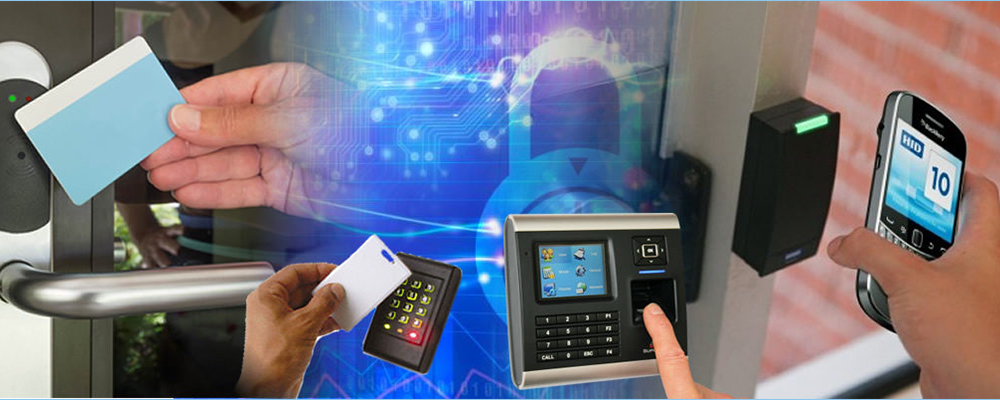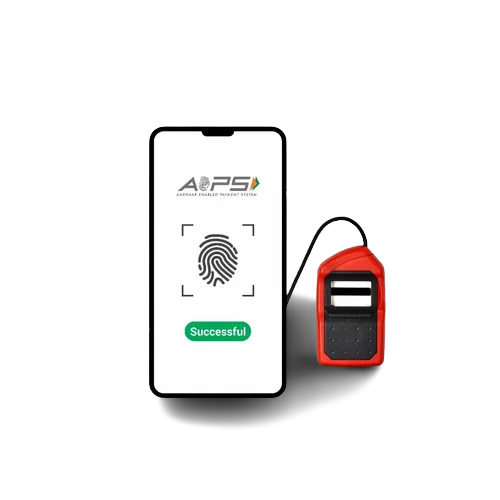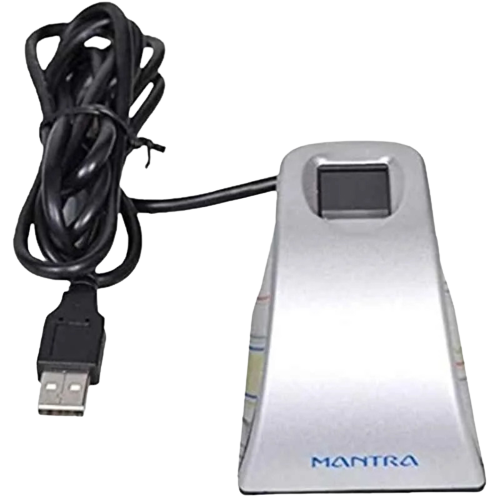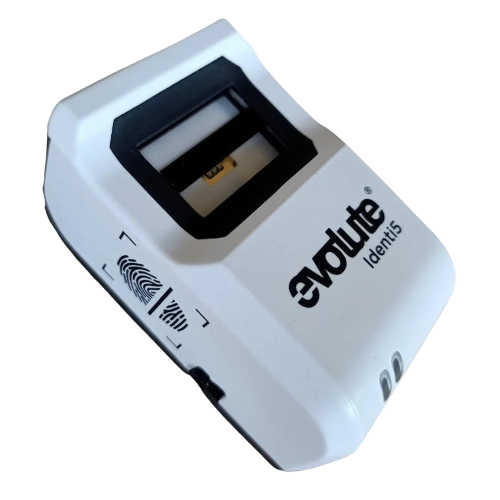



Clearly define the purpose of integrating a biometric device with Pentabit or any payment service. For instance, are you looking to enhance payment security with biometric authentication, or do you have a unique use case in mind? f you plan to use biometric data for payment authentication, ensure that you comply with data security and privacy regulations, such as GDPR (General Data Protection Regulation) in Europe or other relevant laws in your region. Biometric data is sensitive and requires special protections.

Morpho

Mantra

Optical Sensors
Enrollment Biometric devices are designed to recognize and verify unique physical or behavioural characteristics of individuals, such as fingerprints, facial features, iris scans, voice patterns, or hand geometry. These devices are commonly used for access control, authentication, and security purposes. To use a biometric device, users typically need to enroll their biometric data (e.g., fingerprints or facial features).
During enrolment the biometric data is captured and stored in a secure database. Users may need to provide additional identification information, such as a username or employee ID, to link with their biometric data. Biometric devices are often used for access control to secure areas or digital systems. Users may have to scan their biometrics to enter a building, log in to a computer, or access certain applications.


I utilize the services of Digital Sevakendra Mini ATM. My consumer base increased when I installed the ATM signs that Pentabit provides. More clients mean more revenue.

Good commission is provided by the mini ATM service. Additionally, this Pentabit Mini ATM device is incredibly sturdy and has a 2-year warranty.

The services of Pentabit. My consumer base increased when I installed the ATM signs that Digital Seva Kendra provides. More clients mean more revenue.
Some of the tools and technology they use are the biometric credit card, biometric bank card, fingerprint scanning, facial recognition, etc. all of which are made to make banking transactions safer and faster.
Biometric payment refers to a point-of-sale (POS) technology that relies on biometric authentication using physical characteristics to identify the user and approve the deduction of funds from a bank account. The most prevalent biometric payment method is fingerprint payment, which is grounded in finger scanning.
An illustration of biometric payment through facial recognition is demonstrated in Mastercard's recent pilot program, enabling users to complete the payment process by scanning their face or palm at the checkout terminal.